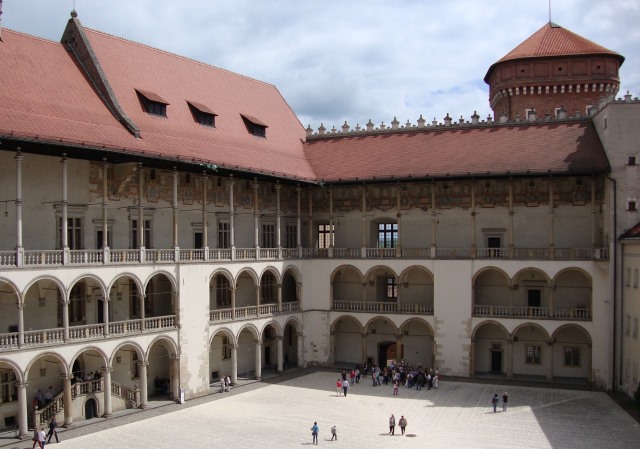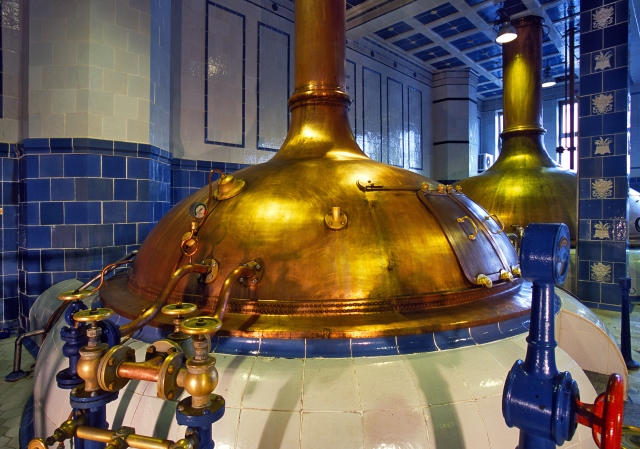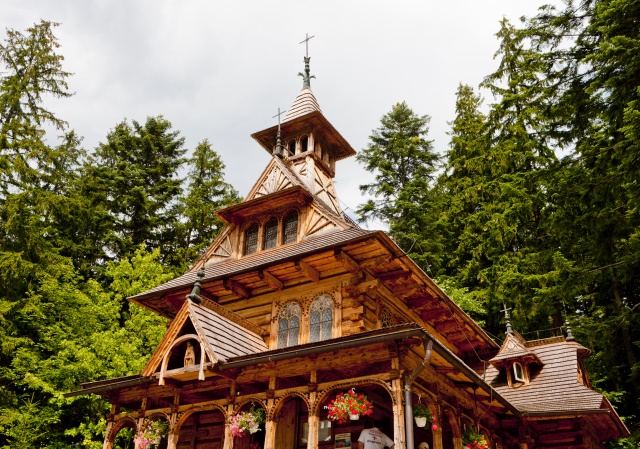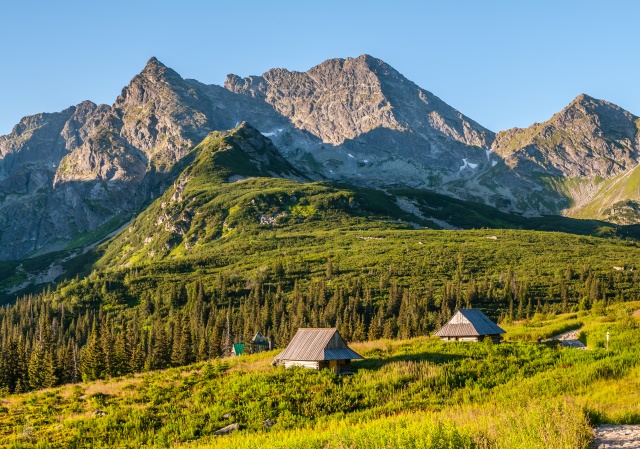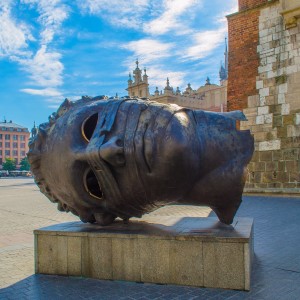Krakow with an extension to Zakopane
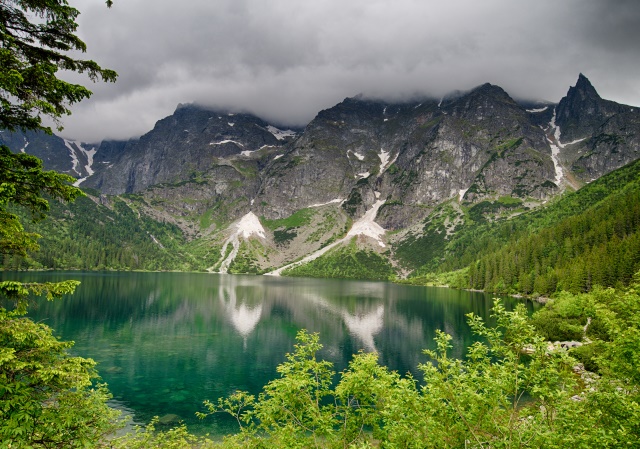
Walk to Jewish District of Kazimierz where several synagogues are available for visitors incl. the Museum in the Old Synagogue or Remuh synagogue with the cemetery. Galicja Jewish Museum is worth visiting for its temporary exhibitions. Furthermore at Galicja Jewish Museum it is possible to arrange meeting with the Holocaust and concentration camp survivor or the recipients of the Righteous among the Nations award (or the members of their families). Additionally, possible continuation by bus to Podgórze District, former Ghetto area, to visit the Museum of Oscar Schindler who saved the life of over 1000 Jews during World War II. His story was depicted in the film “Schindler’s List” by Steven Spielberg.
In the afternoon, meeting with Polish students at one of the high schools or one of the universities (depending on the age of participants). Krakow is called the city of students. There are several prestigious universities located there incl. one of the oldest universities in Europe, Jagielloński University or the University of Technology. Depending on the field of study of the participants in the group, they can attend a chosen class with local students. In the evening, time for socialising at one of the student clubs (e.g. Pod Jaszczurami – situated in the Main Market Square, the oldest student club in Krakow, organising concerts, cabarets, and parties).
DAY 3 – Drive to Oświęcim and study tour of Auschwitz-Birkenau– where the Nazis created one of the largest concentration camps during World War II, where over 1.1 million people died. The site is listed on the UNESCO Heritage List.
The study tour of Auschwitz-Birkenau is a more comprehensive visit lasting up to 6 hours (if the group has less time, standard visit can be arranged up to 3h30min). Overnight in Krakow.
DAY 4 – Departure from Krakow for a visit at Wieliczka Salt Mine – a unique world-class attraction, included in the UNESCO “Human Heritage” List. A tour of the Mine includes beautiful chapels sculpted in salt (St. Kinga’s chapel is the most beautiful one), spacious chambers, crystal grottoes and underground ponds. All this at the average depth of 250m below the ground level.
Note: For teenage students we would recommend alternative Salt Mine – Bochnia Salt Mine– also listed on the UNESCO list. Here the tour includes interactive meetings with legendary figures. Kids may also enjoy activities such as boat or mini-train ride or slides.
Further on technical visit to Dobczyce Power Plant including walk on the crown of the Power Plant with a beautiful view of the water reservoir. Overnight in Krakow.
DAY 5 – Drive to Żywiec. Drive to Żywiec, further on to Beskidy Mountains and Zakopane in Tatra Mountains. Technical visit at the Brewery Museum in Żywiec. The brewery produces one of the most popular brands of beer in Poland. The Brewery Museum is located in the former cellars of the brewery. Visitors will learn about the technology of beer brewing from the very beginning of the brewery until the present day. Tasting of local beer allowed for students over 18 years old ( younger students taste non-alcohol drink). In the afternoon, continuation to Beskidy Mountains for hiking. Exemplary route: The beginning at Glinka village, further on hiking to Krawców Wierch (1071 m above sea level) . Stop for meal in Bacówka, situated on the picturesque Hala Krawculi. Walk down to Zlatna. Transfer to Zakopane– mountain resort in the Tatra Mountains, the highest mountain range in Poland. Overnight in Zakopane.
DAY 6 – Tour of Zakopane by coach – the winter capital of Poland, a mountain resort and a popular sport and tourism centre. Going up by funicular railway to Gubałówka hill gives a beautiful view over the Polish and Slovak Tatras. A walk along bustling Krupówki Street followed by a visit to a small wooden church in Jaszczurówka (another example of local wooden church at the Pęksowy Brzyzek cemetery). Visit to Wielka Krokiew – the biggest sky jump ski. Possibility of going down the hill on a special tubing resembling a ponton. Entrance to the Upside down House – the building placed on the roof stands out among Zakopane architecture. Visitors walk on the ceiling, and additionally the slant makes it difficult to balance. In the evening, dinner with folk concert played by local highlanders’ band. Overnight in Zakopane.
DAY 7 – Full-day trekking in the Tatra Mountains. Transfer to Kiry. A passage to the Kościeliska Valley – one of the most beautiful valleys in the Tatra Mountains, rich in interesting rock formations and caves including Mroźna Cave. Stop for rest at Ornak mountain shelter. Further on passage to the Smreczyński Pond – a beautiful lake characterized by high water transparency. Return to the village of Kiry. Distance: 14 km, route level: Easy. Note: Another example of easy trekking route is Chochołowska Valley.
In the evening bonfire with sausages. Overnight in Zakopane.
DAY 8 – Trekking in the Tatras: transfer to Palenica, then passing Mickiewicz’s Wodogrzmoty to Wlosienica, and from there to the largest and most famous lake in the Tatra Mountains – Morskie Oko. The total distance: 17 km.
Note: There is a wide selection of trekking routes in the Tatra Mountains varying in the difficulty level. One of the examples of more demanding routes but offering stunning views is trekking to Kasprowy Wierch, 1987 metres. The summit of Kasprowy Wierch can also be reached by cable car. From there the group can take a walk down to Zakopane.
Transfer back to Krakow.
DAY 9 – Transfer to Krakow airport. End of services.
DAY 1 – Arrival in Krakow. Evening tour in the Old Town area with the Main Market Square – bustling city centre, full of bars, pubs, clubs and discos. Overnight in Krakow.
DAY 2 – Morning walking tour of Krakow. Krakow Old Town – inscribed on the UNESCO Heritage List. Preserved since the Middle Ages, the urban layout is arranged in such a way that all streets lead to the Main Market Square, the city’s central space. The Gothic St. Mary’s Church, towering over the Main Market Square, houses Wit Stwosz’s masterpiece, Europe’s largest Gothic altar. From the taller tower of St. Mary’s, the bugle call is sounded every hour. The central part of Krakow’s Main Market Square is taken by the Cloth Hall, known as Sukiennice – a rare example of a medieval building that was used for commercial purposes for centuries. Additionally, Collegium Maius with its Gothic arcades (once home to the Jagiellonian University), Floriańska Street, Floriańska Gate and the Barbican.
